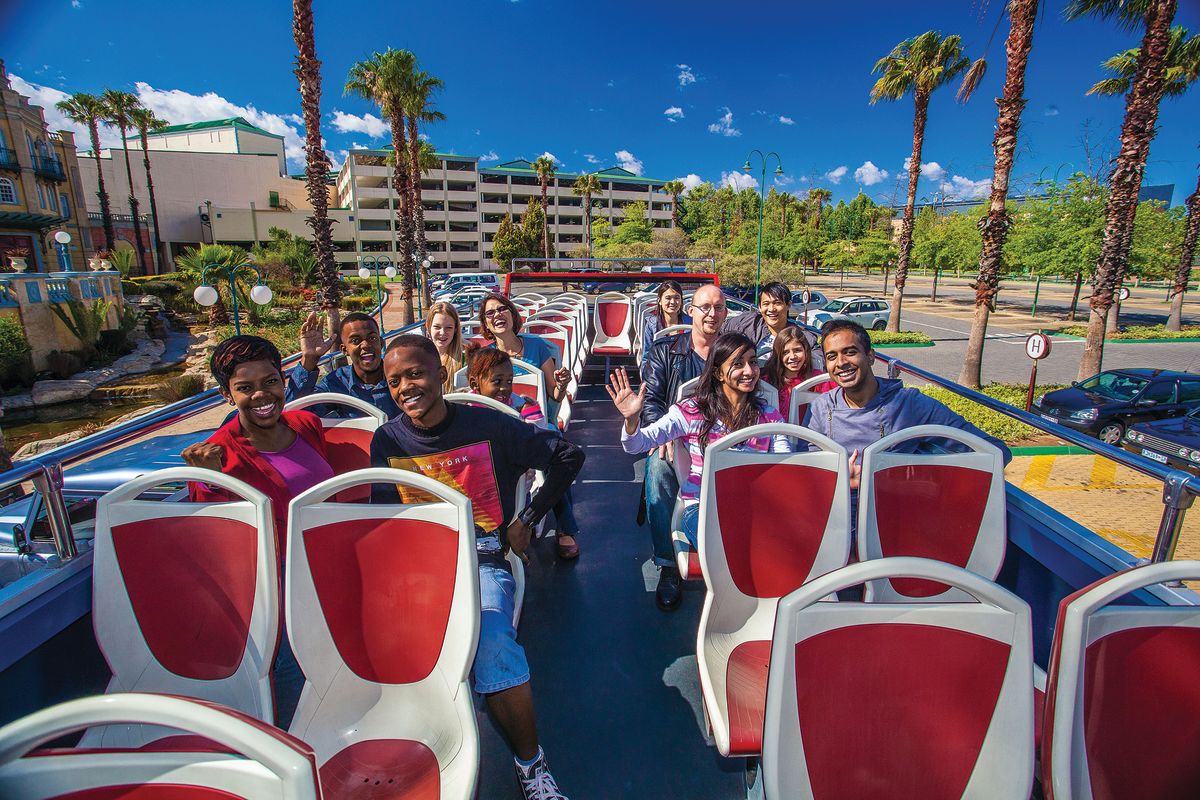The Main Principles Of Johannesburg North Attractions
The Main Principles Of Johannesburg North Attractions
Blog Article
Excitement About Johannesburg North Attractions
Table of ContentsUnknown Facts About Johannesburg North AttractionsThe 4-Minute Rule for Johannesburg North AttractionsOur Johannesburg North Attractions StatementsExamine This Report about Johannesburg North AttractionsJohannesburg North Attractions Can Be Fun For EveryoneA Biased View of Johannesburg North Attractions
The city owes its location to the presence of an even a lot more valuable source: gold. The city expanded on the edge of the Witwatersrand Key Reef, a below ground stratum of gold-bearing quartz-silica corporation that arcs for thousands of miles under the Highveld. Many of the gold mines in the city stopped operation in the 1970s, but in its day the Witwatersrand gold industry made up greater than 40 percent of the world's annual gold production.Johannesburg has a warm climate. The city appreciates about 8 hours of sunlight per day in both wintertime and summertime.
What rain the city gets drops nearly solely in the summertime, frequently in stunning late-afternoon electric tornados. Air pollution poses a substantial issue, specifically in the winter season, when thermal inversions hamper the westward circulation of air from the Indian Ocean. Contamination is most extreme in the densely worked out Black territories on the city's periphery, where lots of residents still depend on coal for gas.

Not known Incorrect Statements About Johannesburg North Attractions
The equilibrium of the city is inhabited by whites. Lodging differs in personality and high quality.
Physical development, although rather restricted by transportation, continued swiftly as migration to South Africa, and Johannesburg particularly, increased dramatically. This trouble was fixed in the 1930s when the auto was introduced in automation to South Africa. Vehicles were, for the many part, restricted to the well-off, and allowed them to relocate to the north of the city and commute into the centre.
Most bad suburban areas were blended, with poor blacks and whites living with each other, although the well-off suburban areas were typically booked for whites. This changed with the political election of the National Celebration in the 1948 elections, who began to formalise the system referred to as discrimination. Racism officially assigned which suburbs each race could live in under the Team Areas Act.
The previous system of eleven numbered regions was reorganised in 2006. Marshalltown, as seen from the top of the Carlton Centre. The M1 and M2 run behind the buildings, and the southern residential find out here areas extend past the freeway limit. The central city of Johannesburg lies within the city's Region F. The number of individuals living in the inner city on an informal basis is unidentified, as numerous are unlawful immigrants. The joblessness, education and learning, and age profiles of the area are all unidentified, due to the problem of obtaining trusted information about the location.
Johannesburg North Attractions for Dummies
Yeoville and Bellevue have a mix of house structures and solitary property units on small lots. The area is situated on a hilly divide that runs from east to west. The most conspicuous geographic function is index Observatory Ridge, which is named for the huge observatory located on it. The recreational spaces are no more made use of, because of safety and security problems.

The Only Guide for Johannesburg North Attractions
R. Tambo International Airport). The eastern residential areas are some of the earliest areas of Johannesburg, there are big neighborhoods of Jewish and additional hints other European histories, most of the populace is English speaking. There are three golf links in addition to a number of protected ridges with viewsites. There are numerous well-developed and up-market enjoyment and buying areas in the eastern such as the Eastgate Shopping Center and the Greenstone mall.
The area is primarily made up of old "matchbox" residences, or four-room houses constructed by the government, that were constructed to offer economical lodging for black workers during racism. Soweto is an abbreviation, representing "South Western Townships". Road after street in this location is lined with matchboxes; however, there are a couple of smaller sized locations where thriving Sowetans have actually developed residences that are much more comparable in stature with those in even more upscale suburbs.
Hostels are one more noticeable physical feature of Soweto. Initially constructed to house male migrant workers, many have actually been enhanced as homes for pairs and families. The N1 Western Bypass skirts the eastern limit of Soweto. The residential area was not historically permitted to create employment centres within the location, so mostly all of its residents are commuters to other parts of the city.
Not known Factual Statements About Johannesburg North Attractions
The N1 Western Bypass links the northern suburban areas with the north-western suburban areas. The houses in the north suburban areas are primarily official, with no substantial locations of informal housing, or housing that does not have a long-term structure. Although this is an established location, there is a pattern of land use change from domestic to commercial, especially along main arterial roads and around well-known nodes.
The location is well connected to road networks, especially along the north-south axis created by the M1 and N1. Roads to the east and west are less well established, as there are no highways travelling because direction. In the direction of the north border of the city, the thickness of development reduces, leaving huge areas of untaught land around Midrand.
Things about Johannesburg North Attractions
, which is located on a hill overlooking the internal city and Hillbrow.
Report this page